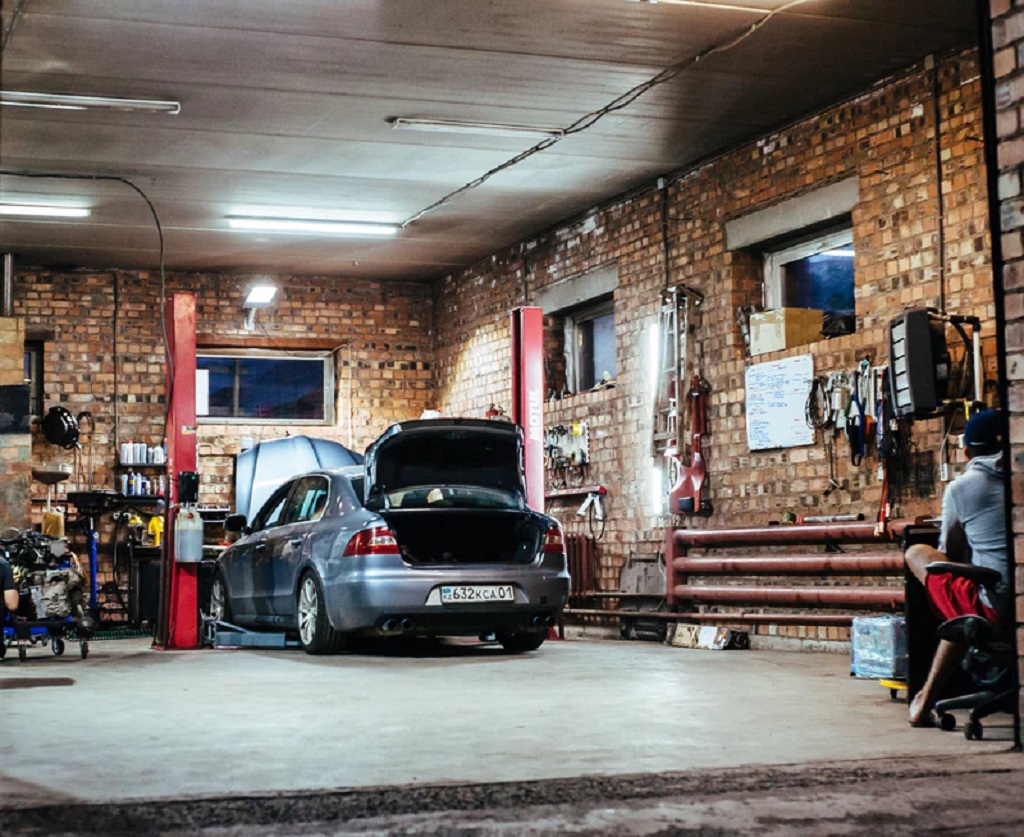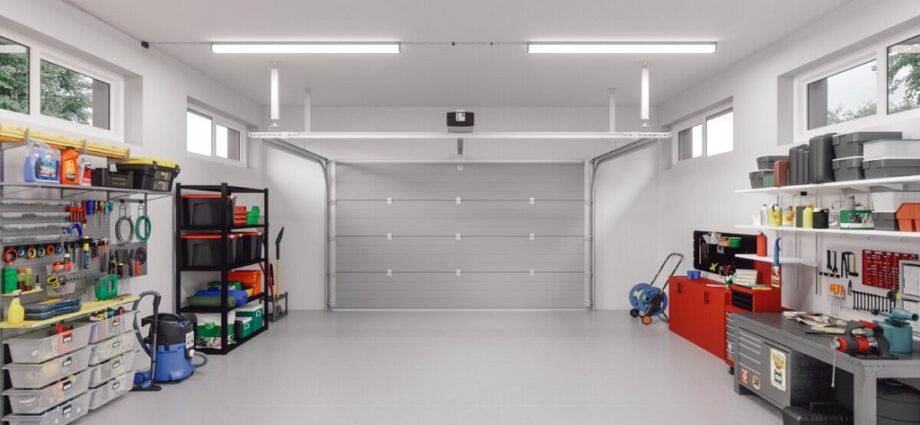The days of garages solely serving as car sanctuaries are fading. With the rise of remote work and the increasing desire for dedicated workspaces, many homeowners are reimagining their garages as functional and inspiring work areas. This transformation, while exciting, requires careful planning and execution. This article equips you with valuable insights and practical steps to transform your garage into a functional workspace, catering to both beginners and those with some DIY experience.
Benefits of a Converted Garage Workspace
Beyond the obvious advantage of a dedicated workspace, a converted garage offers several benefits:
- Increased Productivity: A separate workspace fosters focus and reduces distractions compared to working in a living area.
- Improved Work-Life Balance: A clear physical separation between work and home life helps maintain healthy boundaries.
- Enhanced Property Value: A well-designed and functional workspace can add value to your property, especially in today’s remote work environment.
- Cost-Effective Alternative: Converting a garage is significantly cheaper than renting additional office space or adding a permanent extension.
Assessing Your Garage’s Potential
Before diving in, assess your garage’s suitability for conversion. Here are some key factors to consider:
- Size: Measure your garage and ensure there’s enough space to accommodate your desired workspace layout, including furniture, storage, and walkways.
- Accessibility: Consider the ease of access from your house and the availability of parking alternatives if necessary.
- Climate Control: Does your garage have proper insulation and ventilation? Extreme temperatures can be uncomfortable and affect productivity.
- Lighting: Natural light is ideal for a workspace. Assess the need for additional windows or artificial lighting.
Planning and Preparation: A Roadmap to Success
Once you’ve evaluated your garage’s potential, it’s time for planning. Here’s a step-by-step approach to guide you:
-
Define Your Needs: What type of workspace do you envision? Will it be a home office, an art studio, or a workshop? Understanding your needs helps determine the layout, storage solutions, and overall functionality.
-
Create a Budget: Be realistic about your budget for materials, tools, potential permits, and professional assistance if needed. Factor in costs for insulation, flooring, electrical upgrades, and furniture.
-
Clear the Clutter: A clean slate is essential for planning and execution. Remove everything from your garage and categorize items for storage, donation, or disposal.
-
Obtain Necessary Permits: Depending on the complexity of your project, you might need permits for electrical work, plumbing modifications, or structural changes. Check with your local building department to understand any permit requirements.
Creating a Functional and Comfortable Workspace
Here’s where the real transformation begins! Focus on the following key areas:
-
Climate Control: Proper insulation is crucial for year-round comfort and productivity. Consider insulating walls, ceilings, and potentially the garage door. Ensure adequate ventilation to prevent moisture build-up.
-
Lighting: Natural light is a priority. If possible, add windows or skylights to brighten the space. Task lighting, like desk lamps, and adjustable overhead lighting are essential for specific activities.
-
Flooring: Choose a durable and comfortable flooring option. Epoxy coatings are popular for their durability and ease of cleaning. Vinyl flooring or interlocking tiles offer budget-friendly alternatives.
-
Storage Solutions: Maximize vertical space with wall-mounted shelves and cabinets. Consider pegboards or tool organizers for efficient storage of tools and equipment, depending on your workspace type.
-
Furniture: Invest in comfortable and ergonomic furniture to prevent fatigue and promote good posture. Adjustable desks and chairs are ideal for long working hours.
Personalizing Your Workspace
Your workspace should reflect your personality and inspire creativity. Consider these touches:
- Paint the walls: A fresh coat of paint can significantly enhance the look and feel of your workspace. Opt for light colors to promote a sense of spaciousness.
- Add a personal touch: Display artwork, motivational quotes, or family photos to create a personalized and inspiring environment.
- Incorporate greenery: Plants not only add visual interest but also improve air quality. Choose low-maintenance varieties that thrive in indirect sunlight.
Safety Considerations
Safety is paramount in any workspace. Here are some key reminders:
- Electrical Safety: Ensure all electrical work is done by a qualified electrician to prevent electrical hazards.
- Fire Safety: Install smoke detectors and carbon monoxide detectors in your workspace. Maintain a clear path to exits and keep flammable materials away from heat sources.
- Security: Consider installing a security system or deadbolt lock to secure your workspace
Beyond the Basics: Considerations for Specific Workspaces
While the core principles remain the same, some workspace types might require additional considerations:
- Home Office: Invest in a comfortable and ergonomic office chair to prevent back pain. A dedicated desk with ample workspace and storage for office supplies is essential.
- Art Studio: Proper ventilation is crucial for using paints and solvents. Consider installing a dedicated sink and work surface for messy projects. Good lighting with adjustable intensity is key for artistic endeavors.
- Workshop: Plan your workspace layout to accommodate your tools and equipment. Heavy-duty shelving and pegboards are ideal for tool storage. Ensure proper ventilation for power tools and dust control systems for woodworking projects.

Pro Tips for a Successful Transformation
- Embrace DIY Where Possible: DIY projects can save you money. However, be realistic about your skillset and don’t hesitate to hire professionals for complex tasks like electrical work or structural modifications.
- Work Smart, Not Hard: Utilize space-saving solutions like Murphy beds or foldable workbenches to maximize your workspace’s efficiency.
- Think Multifunctional: Consider furniture with built-in storage or a desk that doubles as a workbench to optimize space utilization.
- Embrace Sustainability: Upcycle old furniture or incorporate salvaged materials into your workspace design for an eco-friendly touch.
- Celebrate the Transformation: Once complete, take a moment to appreciate your handiwork! A functional and personalized workspace can significantly enhance your productivity and enjoyment.
Related: HOW TO PAINT ALUMINUM GARAGE DOOR TO LOOK LIKE WOOD?
Conclusion:
Transforming a garage into a functional workspace is an exciting and rewarding project. By following these steps, considering your specific needs, and incorporating your personal touch, you can create a space that fosters productivity and inspires creativity. Remember, the journey is just as important as the destination. So, roll up your sleeves, unleash your creativity, and get ready to transform your garage into a haven for focused work and personal satisfaction.











